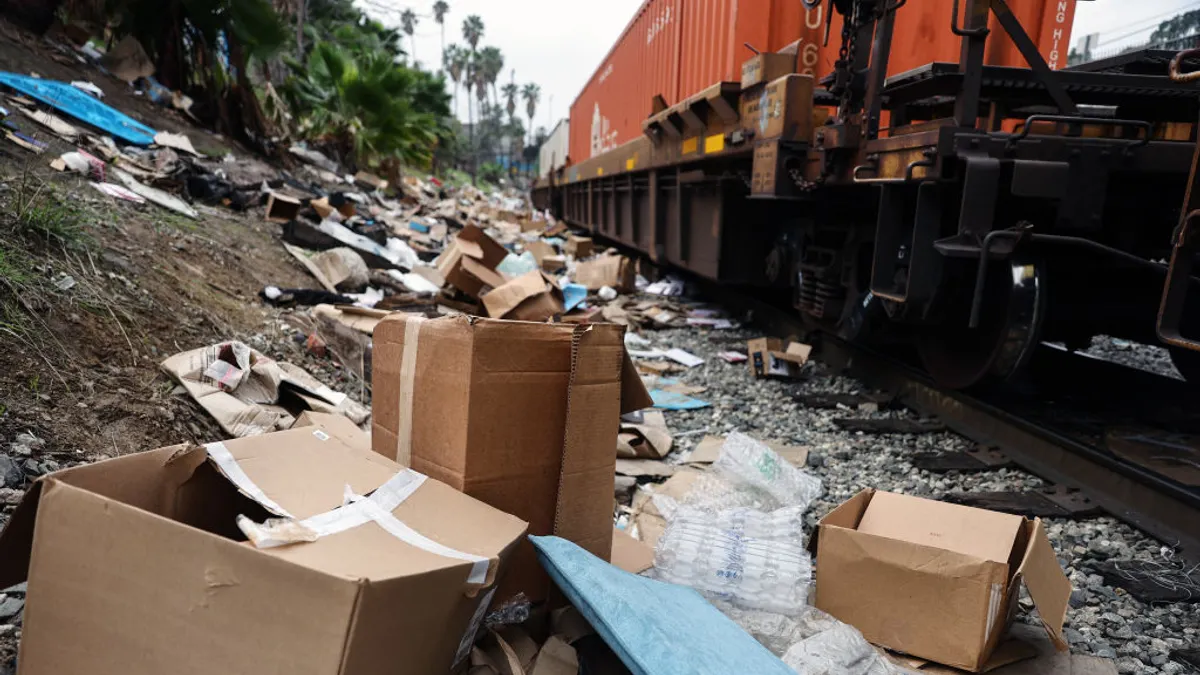As the “age of the consumer” continues and becomes even more well-rounded with higher expectations than ever, in-store pickup has emerged as one of the top fulfillment options that appeals to shoppers.
Keep in mind, this is an extremely popular option. More than 75% of shoppers surveyed by customer feedback insights firm CFI Group said they want it.
And while a StellaService study recently got a lot of press with its results that in-store pickup isn’t that much of a time-saver for consumers, it’s not so much about saving time. A study by Forrester Research found that most shoppers like in-store pickup because it saves on shipping costs, allows them to find what they want online without searching store shelves, and makes their purchases available that day.
For some, it’s also an opportunity to pay cash for an online purchase, available at Walmart and Kohl’s stores, among others.
It’s no surprise, then, that several retailers, from Sears to Macy’s, are now offering the service. Target increased its in-store pickup offerings during the holidays, and both Sears and Target have expanded that to offer curbside pickup.
But in-store pickup, known more commonly in Europe as “click-and-collect,” can be tough on retailers. To solve many of the hiccups, retailers must step up their so-called "omnichannel" efforts.
Inventory
For retailers, one of the primary problems experienced when expanding in-store pickup is having the goods on hand. Retailers must either carry the merchandise in-store—which can be trickier in less densely populated areas where they may not have as many locations—or have them extremely accessible. In turn, stocking up to have items on hand can lead to bulking up on too much inventory.
"Stores that boost inventory to meet just the in-store pickup demand face a risk of being stuck with excess," Best Buy CEO Hubert Joly told Reuters.
That’s where retailers like Best Buy, which also use stores as mini-warehouses to fulfill online orders, known as “ship from store,” have an advantage.
To make in-store pick-up work smoothly for both retailer and purchaser, retailers like Nordstrom are also working to combine their once-separate online and physical-store inventory systems.
Warehousing
In addition to using stores as warehouses, some retailers have established “dark warehouses,” something increasingly being used, particularly by supermarkets. With dark warehouses, retailers set up stores with inventory that doesn’t otherwise fit in their stores, but that aren't open to the public. Delivery services or store employees can fetch things from the warehouses to be available for shoppers to pick up in store.
Lockers
Amazon and Wal-Mart Stores Inc. are offering lockers so customers can pick up their goods without entering the store (in Wal-Mart’s case) even after store hours, and don’t have to wait for delivery or pay shipping costs. UPS is also testing a similar service, UPS Access Point, which it has operated in Europe for a while.
Lockers also allow customers who don’t want their packages delivered at home to receive their online purchases at a convenient and safe spot.
Returns
For a long time, retailers selling items online that weren’t available in store couldn't take returns of those items in physical locations. This has become increasingly unacceptable to their customers accustomed to an omnichannel retail world. Recently, Old Navy, after a backlash against its plus-size jeans policies, agreed to accept returns of those online-only clothes.
"One retailer"
Bottom line? Today’s consumer views a retailer as a holistic entity and expects to not only be able to view available inventory, but to access it in stores, even if the purchase is started on the computer or on mobile.
Consumers want and expect an experience that feels consistent and relevant," writes Tim Simmons in Forbes. "That might mean having access to product availability regardless of the store or warehouse in which it resides."














